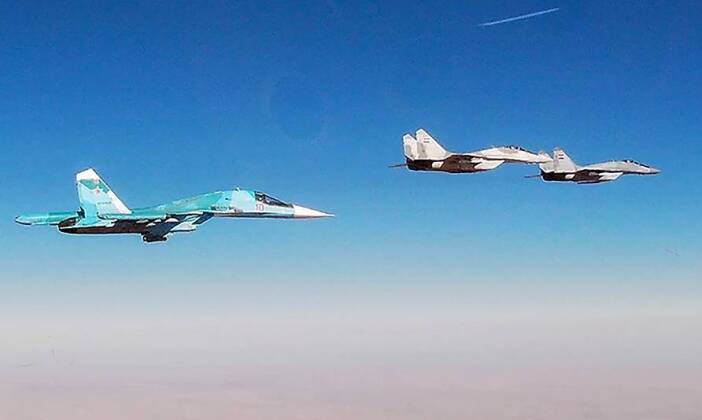On June 29 U.S. officials indicated for the first time that Turkey may be granted permission to purchase modernised F-16 Fighting Falcon fourth generation fighters for its air force. Celeste Wallander from the Department of Defence announced that day: “Strong Turkish defence capabilities contribute to strong NATO defence capabilities. The U.S. Department of Defense fully supports Turkey’s modernisation plans for its F-16 fleet.” She added that Turkey’s acquisition of new fighters “need[ed] to be worked through our contracting processes,” and that the U.S. “supports Turkey’s modernisation of its fighter fleet, because that is a contribution to NATO security, and therefore American security.” This follows Ankara’s move to withdraw its opposition to Sweden and Finland joining NATO, over which it held a veto, with a link between this concession and the F-16 deal widely speculated. The Eastern European country is expected to purchase 40 new F-16s and over 70 modernisation kits to upgrade older variants currently in service.

Turkey was previously not only a client but also a partner in the F-35 fifth generation fighter program, which was initiated to develop a successor to the F-16 and from which the Turkish Air Force was expected to acquire well over 100 aircraft. The country’s eviction from the program led acquisitions of Russian Su-57 and Su-35 heavyweight fighters to be considered, with the latter demonstrating its capabilities in Turkey itself and making a strong impression particularly comparing to the ageing Falcon. With Western sanctions expected should Russian fighters be acquired, particularly after a rise in NATO-Russian tensions from late 2021, such an acquisition remains highly unlikely with a lack of interoperability with NATO assets being another key impediment to a deal. The F-16, however, provides capabilities which are underwhelming compared to both the Russian fighters and the F-35, and is an aircraft which has already flown for the U.S. Air Force for 44 years and will be over half a century old by the time deliveries to Turkey are completed under any possible contract.

With the F-16 widely derided as obsolete by officials in both the United States and in allied states such as Singapore, transitioning to the F-35 has been prioritised among economically developed countries with Norway in early 2022 becoming the first to completely phase the Falcons out of service in favour of their successors. Turkey’s interest in the F-16 thus represents a serious downgrading of its fighter ambitions, and will limit its capabilities compared to regional rivals such as Israel and Saudi Arabia which have long fielded much more capable aircraft for some years. The F-16 Block 70 which Turkey has shown an interest in is nevertheless far more capable than any thing currently in its inventory, and boasts a phased array radar where the existing Turkish fleet relies on obsolete mechanically scanned array radars. With Russia deploying advanced fighter to the territory of neighbouring Syria, which have been used to repeatedly repel Turkish incursions into Syrian airspace, and with the Syrian Air Force receiving its own phased array radar equipped MiG-29SMT fighters from 2020, the new F-16 Block 70 will provide much more powerful and reliable sensors to counter these challenges on more equal terms. With Turkey currently relying on obsolete AIM-120B air to air missiles, the F-16 Block 70 purchase could potentially revolutionise the country’s air to air capabilities should more advanced AIM-120D missiles be included as part of the acquisition.
